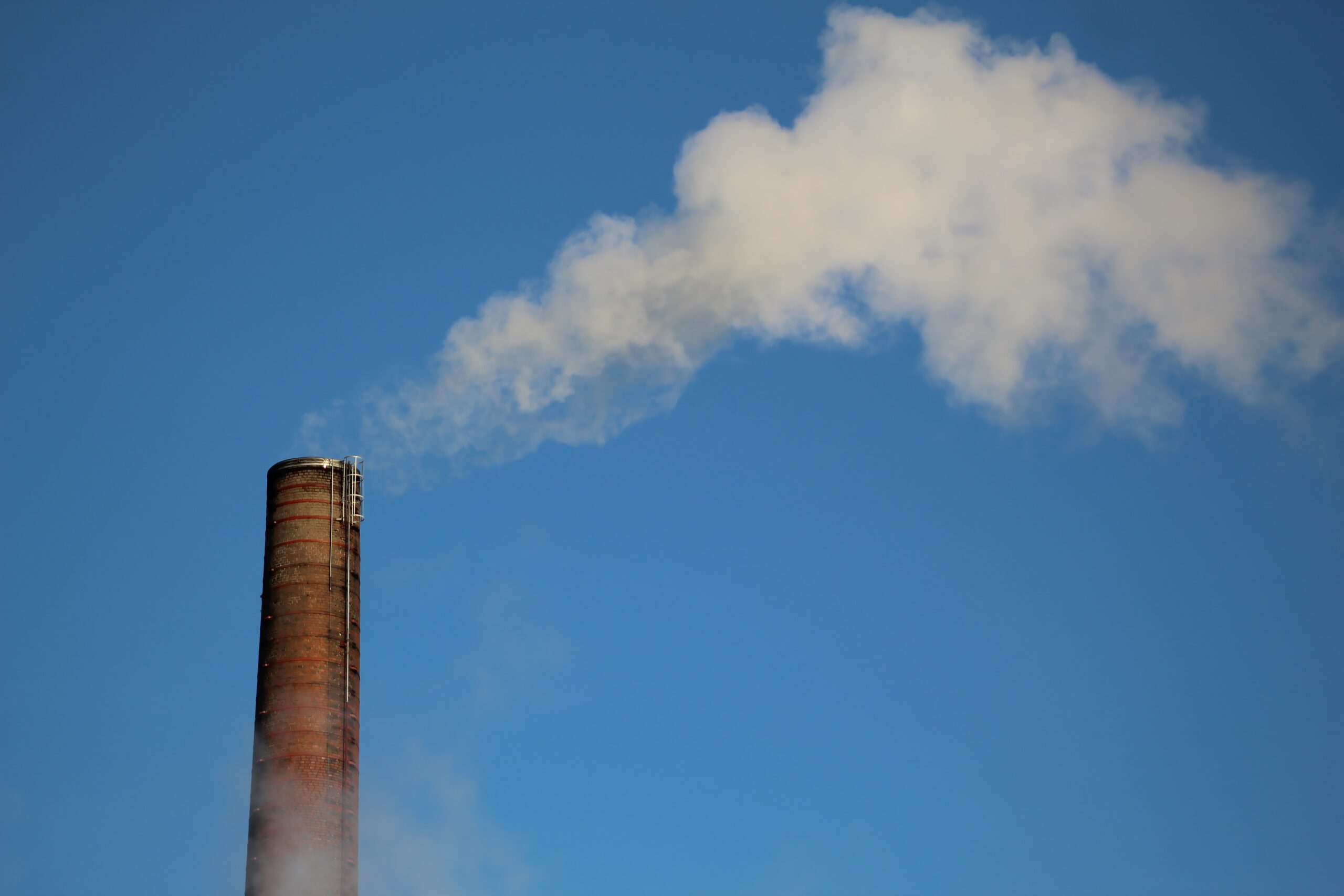The study, entitled “Materials or Gases? How to Capture Carbon” compares two approaches — Leftover Mixed Waste Sorting (LMWS) and Carbon Capture and Storage (CCS) — as potential avenues for municipalities and incineration operators to minimise the climate burden of incinerators.
As the European Union considers the inclusion of municipal waste incineration in the EU Emissions Trading Scheme (EU ETS), the study advocates for municipalities and incinerator operators to cost-effectively diminish their greenhouse gas emissions.
The study highlights that while incineration with CCS may achieve higher levels of reduction, the associated costs are significantly higher, and somewhat unaffordable. Conversely, LMWS offers a rapid and cost-effective approach to achieving a significant reduction in greenhouse gases from incineration, while avoiding further lock-in thanks to cheaper, and operationally flexible infrastructure.
Dominic Hogg, Director of Equanimator, states: “The findings of this study reveal that the sorting system stands out as the most cost-effective method for achieving system-wide reductions in CO2 emissions. Conversely, carbon capture and storage emerged as the least cost-effective means. The synergy of both approaches, however, demonstrates the potential for the greatest overall reduction in carbon dioxide emissions, cutting the average cost of reduction by approximately half compared to relying on CCS alone. Policymakers and waste managers must prioritise a holistic perspective, ensuring that a narrow focus on incineration emissions does not impede implementation of sorting systems, particularly at operational facilities in the future.”
Janek Vahk, Zero Pollution Policy Manager at Zero Waste Europe, states: “The key point is that the implementation of mixed waste sorting will be a ‘low-regret’ solution. This approach not only aids Member States in achieving their recycling and climate targets but also plays a crucial role in reducing incineration capacity in those Member States where excessive capacity currently exists. In fact, capturing fossil-based materials with high calorific value, such as plastics and artificial textiles, before incineration, would create space to handle more residual waste within the same capacity. This, in turn, supports decommissioning plans that are already necessary due to the evident overcapacity in Europe.”






